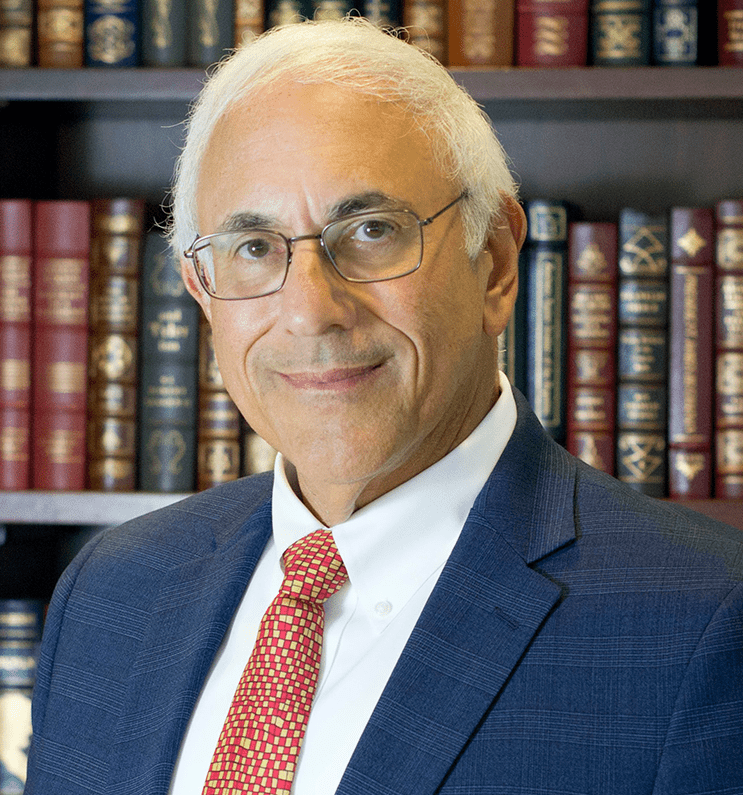Menu
Hot-Topics
November 27, 2025 | SCOTUS Adds Second Amendment Case to Docket
Tag: Constitutional Law

Korematsu v. United States: National Security Outweighs Individual Rights
In Korematsu v. United States, 323 U.S. 214 (1944), the U.S. Supreme Court upheld an Executive Order that banned American citizens of Japanese descent from certain areas in the name of national security. The case was just one of several lawsuits c...

Washington v. Davis: Discriminatory Purpose & Effect
In Washington v. Davis, 426 U.S. 229 (1976), the U.S. Supreme Court established that racially discriminatory laws are only unconstitutional if they have both a discriminatory purpose and a discriminatory impact. As explained by Justice Byron White...
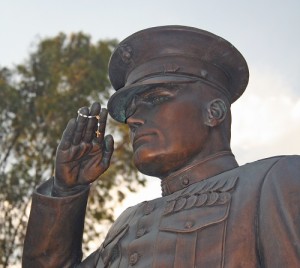
Talbot v. Seeman: The Power to Declare War
In Talbot v. Seeman, 5 U.S. 1 (1801), the U.S. Supreme Court considered the circumstances under which salvage rights attach to a neutral vessel, captured by enemy forces, and then recaptured by the United States Navy. The Court’s decision, which ...
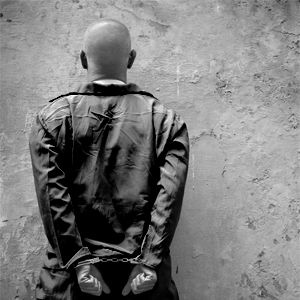
Supreme Court to Review Constitutionality of Florida’s Death Penalty Scheme
The Supreme Court’s new term begins on October 5, 2015. One of the first cases the justices will consider is Hurst v. Florida. The case raises several questions about the constitutionality of Florida’s capital punishment scheme, particularly the...

Barron ex rel. Tiernan v. Mayor of Baltimore: The Limits of the Bill of Rights
In Barron ex rel. Tiernan v. Mayor of Baltimore, 7 Pet. 243 (1833), the U.S. Supreme Court held that the Bill of Rights placed limits on the national government and not on state governments. The Court, in an opinion written by Chief Justice John ...
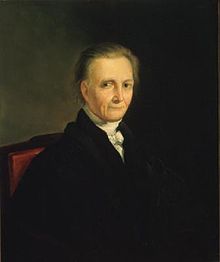
Corfield v. Coryell: The Privileges and Immunities Clause
In Corfield v. Coryell, 6 F. Cas. 546 (1823), Supreme Court Justice Bushrod Washington interprets the Privileges and Immunities Clause of Article 4, Section 2 and articulates a list of fundamental rights guaranteed by the U.S. Constitution. Al...
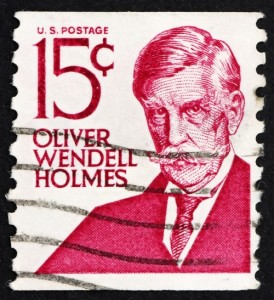
Abrams v. United States: The Dissent that Shaped Free Speech
Justice Oliver Wendell Holmes’ dissent in Abrams v. United States 250 U.S. 616 (1919) is widely regarded as one of the most famous dissents in the history of the U.S. Supreme Court. It sowed the seeds for the modern interpretation of freedom of...
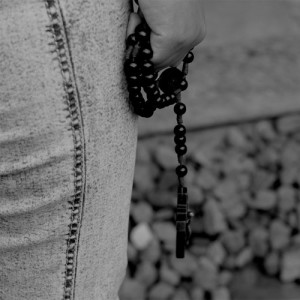
Marsh v. Chambers: The Establishment of Religion
In Marsh v. Chambers, 463 U.S. 783 (1983), the U.S. Supreme Court addressed the Establishment Clause of the First Amendment. By a vote of 6-3, the majority in Marsh v. Chambers held that the Nebraska Legislature's practice of opening each legislat...
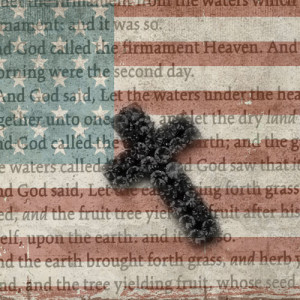
Cantwell v. Connecticut: The Free Exercise of Religion
In Cantwell v. Connecticut, 310 U.S. 296 (1940), the U.S. Supreme Court first applied the First Amendment's Free Exercise Clause to the states. A unanimous Court specifically held that arresting Jehovah’s Witnesses who were proselytizing door-to...
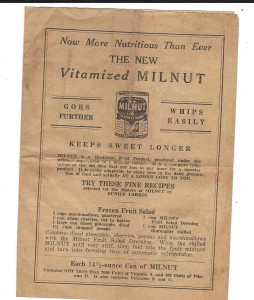
U.S. v. Carolene Products Company: The Importance of Footnotes
In United States v. Carolene Products Company, 304 U.S. 144 (1938), the U.S. Supreme Court upheld the validity of an economic regulation passed by Congress pursuant to the Commerce Clause. However, the case is more famous for “Footnote Four,” ...
Previous Articles
Key Takeaways from Oral Arguments in Court’s Controversial Voting-Rights Case
by DONALD SCARINCI on November 12, 2025
The U.S. Supreme Court recently heard oral arguments in Louisiana v. Callais, which involves a key ...
Key Cases to Watch During the Supreme Court’s November Sitting
by DONALD SCARINCI on November 5, 2025
The U.S. Supreme Court’s November sitting begins on November 3 and concludes on November 12, 2025...
SCOTUS Clears Way to Terminate Protected Status for Venezuelan Nationals
by DONALD SCARINCI on October 29, 2025
On October 3, 2025, the U.S. Supreme Court granted an emergency request from the Trump Administrati...
The Amendments
-
Amendment1
- Establishment ClauseFree Exercise Clause
- Freedom of Speech
- Freedoms of Press
- Freedom of Assembly, and Petitition
-
Amendment2
- The Right to Bear Arms
-
Amendment4
- Unreasonable Searches and Seizures
-
Amendment5
- Due Process
- Eminent Domain
- Rights of Criminal Defendants
Preamble to the Bill of Rights
Congress of the United States begun and held at the City of New-York, on Wednesday the fourth of March, one thousand seven hundred and eighty nine.
THE Conventions of a number of the States, having at the time of their adopting the Constitution, expressed a desire, in order to prevent misconstruction or abuse of its powers, that further declaratory and restrictive clauses should be added: And as extending the ground of public confidence in the Government, will best ensure the beneficent ends of its institution.
Awards




